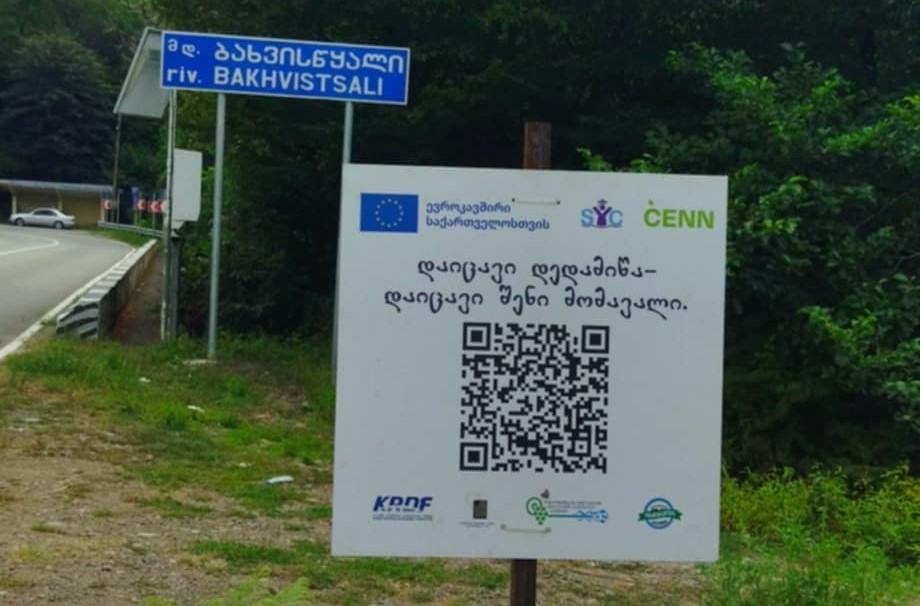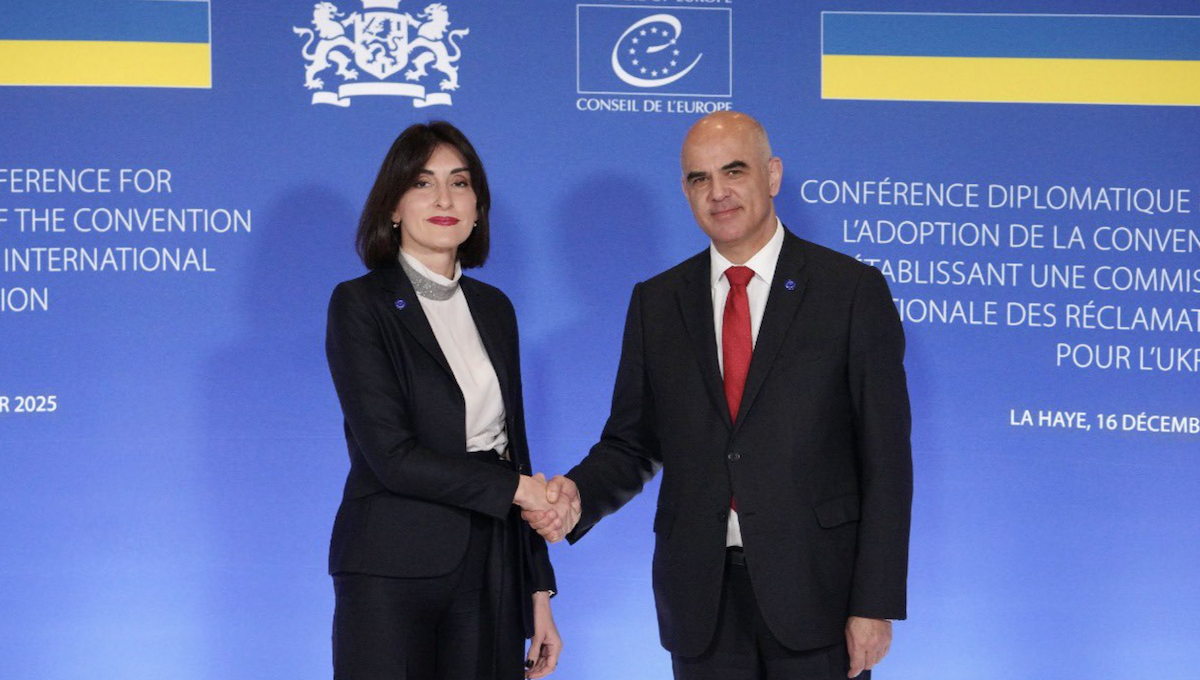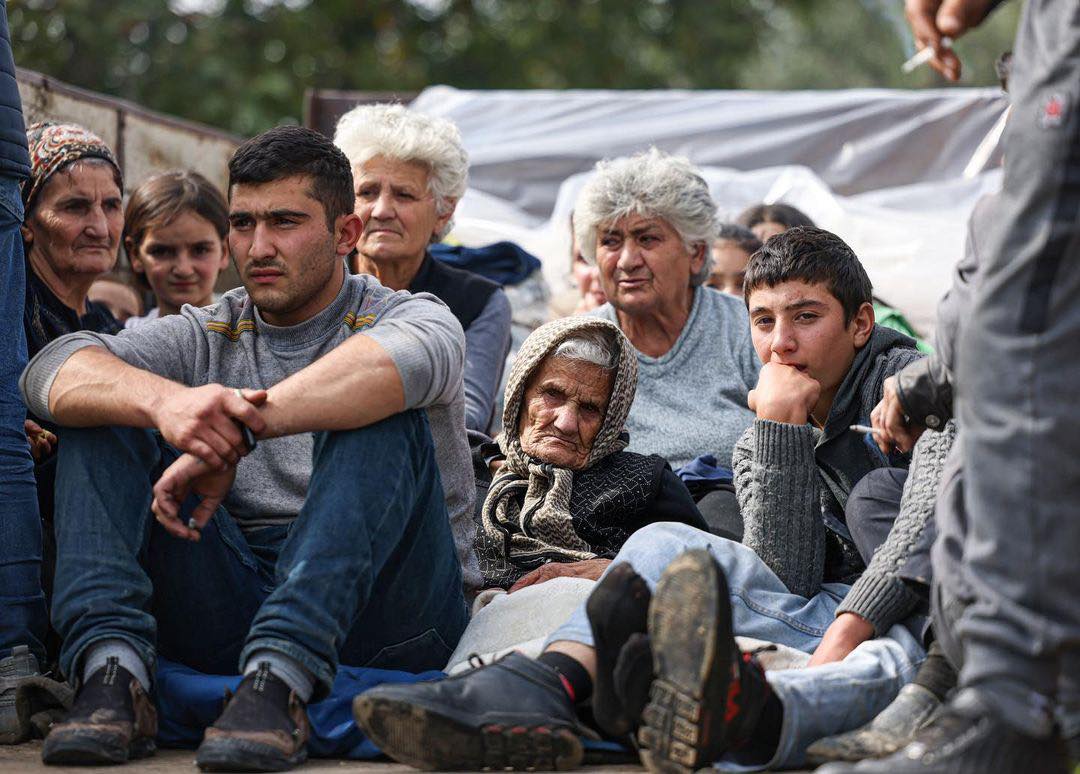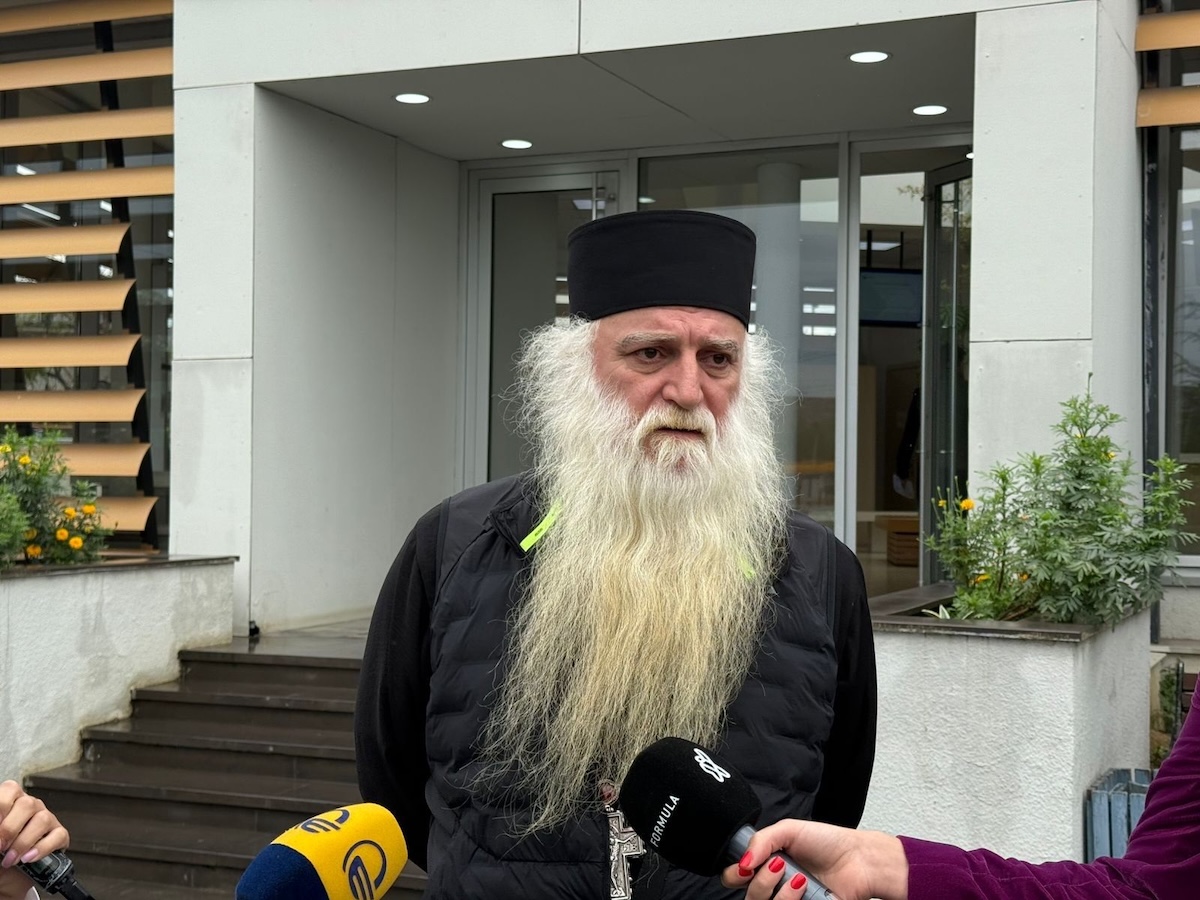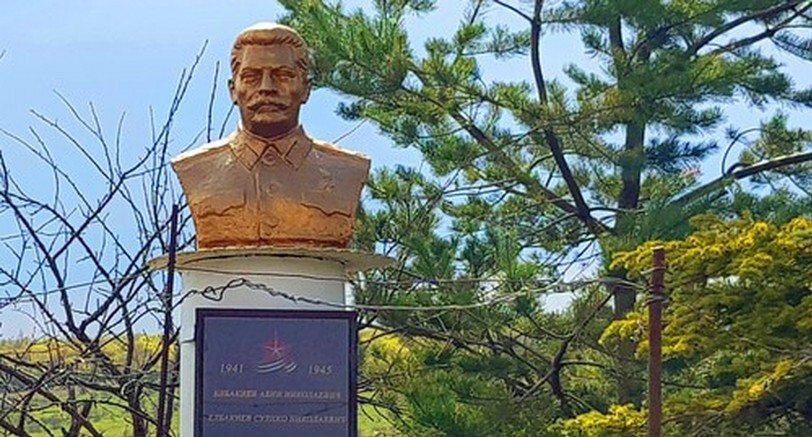How local farmers are leading eco-friendly farming initiatives in Racha
Climate-optimized agriculture in Georgia
Young farmers Irakli, Giorgi, and Nino are working to set up their farm in a way that minimizes environmental impact while also boosting crop yields.
To achieve this, they’ve decided to drastically reduce the use of equipment that emits high levels of pollutants. They’re also aiming to use less single-use plastic.
This approach is part of climate-optimized agriculture, which is becoming increasingly popular and necessary in light of climate change.
- A story of a Georgian farmer and his tomato green house in Akhalkalaki powered by sun
- A story of how one Georgian resort’s decline helped restore rural business. Vlog
- Living in a house made of straw
Climate change has a significant impact on the environment, and it also introduces new challenges in agriculture. The goal of climate-optimized farming is to create a system that mitigates the effects of climate change on crop yields, ensures food security, and protects the environment from greenhouse gas emissions.
Young farmers from the mountainous villages of the Racha region have been trained on how climate change affects agriculture and how it alters farming practices.
In this article, we will share the story of Irakli, Giorgi, and Nino, and how the training courses transformed them and their work.
Beekeeping: A journey that began with three hives
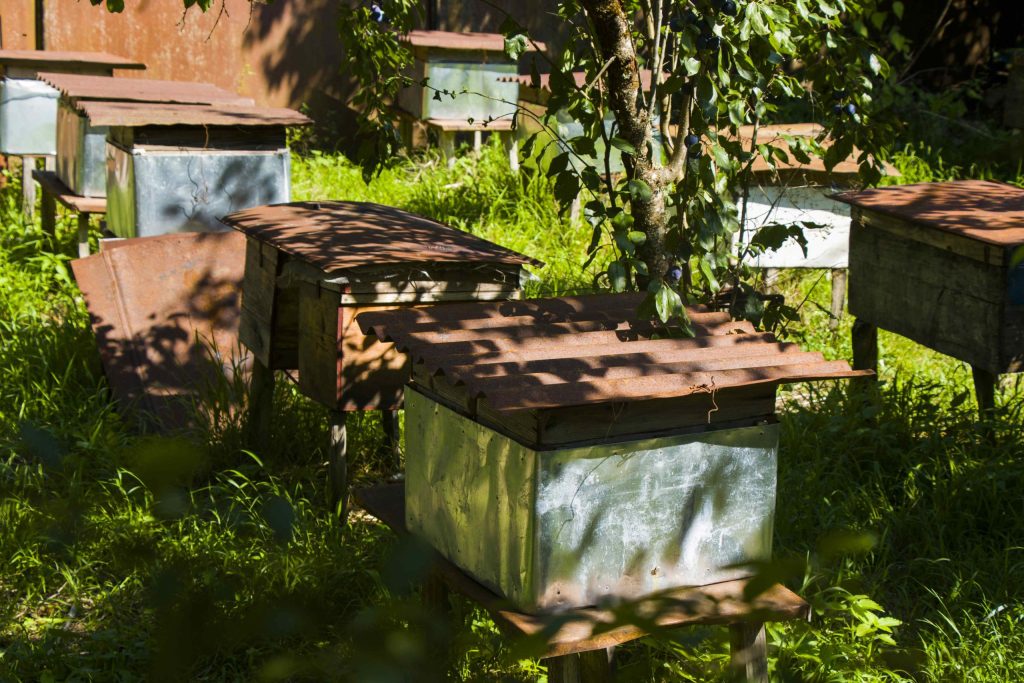
Thirty-three-year-old Irakli Kavlashvili lives and works in Tbilisi. However, for the past few years, he has spent almost six months of the year in Racha, at his parents’ home, where he tends to bees.
His grandfather kept bees and even left his family at one point for this work. Irakli decided to continue his grandfather’s legacy and took up beekeeping when he had just three hives:
“I didn’t start beekeeping just to make an income; I wanted to continue the family tradition. Besides, it’s a very interesting job, and I enjoy what I do.”
Irakli had no professional knowledge of beekeeping, so he made an effort to attend training sessions on the subject.
This led him to join the “Climate Agriculture in Ambrolauri Municipality” project, supported by CENN and the European Union, aimed at developing farmers’ skills in this area.
After completing the training, Irakli continued to stay in touch with the instructors and other group members. He says they still share experiences and advice:
“Almost a year after the training, I practically tripled the number of hives. Last winter, I lost one of my hives because I tried to increase the number of bee families—this process is called hive splitting—but I did something wrong. After the training, I spent the entire fall communicating with the instructor, learning, and by spring, I successfully performed the splitting. Now I have 14 hives. I bought a few, but most—six or seven—I obtained through splitting.”
Now, Irakli shares his knowledge with neighboring beekeepers. He mentions that some farmers still rely on outdated methods that harm both the bees and the environment:
“Essentially, the people around me are using knowledge passed down from their grandparents. They aren’t aware of modern approaches. They think one medicine can cure all illnesses. In reality, it’s not that simple; everything requires a specific, appropriate approach.”
Irakli also explains why it’s important for not just one farmer but all farmers to protect the environment.
For example, to produce pure honey, there shouldn’t be any vineyards, fields, or household waste contaminated with chemical toxins in the vicinity of the bees.
Irakli says that you can take great care of your own farm, but if a neighboring farmer uses harmful chemicals, it can negatively affect your harvest as well:
“It’s all one interconnected chain. The more climate-resilient and environmentally friendly the production is, the more it benefits all links in the agricultural chain.”
Khvanchkara from Giorgi of Racha
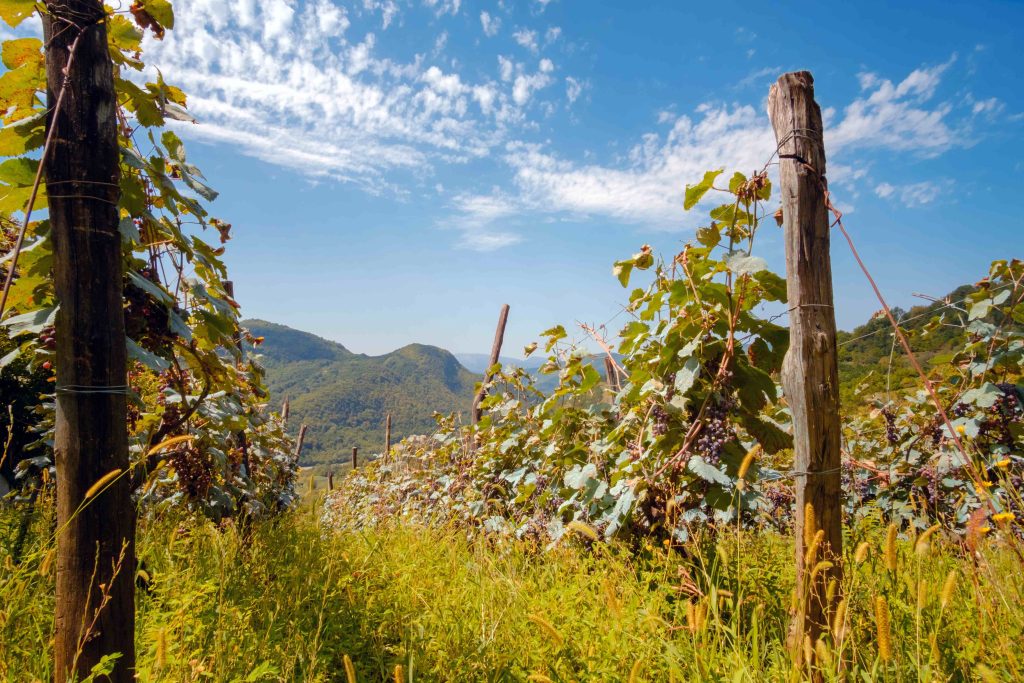
Giorgi Murusidze lives in the village of Znakva in Racha, where he is involved in viticulture and winemaking, a family tradition.
Over time, Giorgi expanded his farm. He preserved his ancestors’ traditions while incorporating modern climate-friendly practices into his work.
Unlike other regions of Georgia, Racha is known for its scarcity of vineyards, though it does have some rare grape varieties. One such variety is “Khvanchkara,” whose uniqueness is attributed to Racha’s climate and soil.
On six thousand square meters, Giorgi cultivates Alexandrouli and Mujuretuli—the varieties needed to produce “Khvanchkara,” Racha’s signature wine. Khvanchkara is made through the blending of these two grape varieties.
Every year, the young winemaker harvests about six tons of grapes.
Giorgi expects a good harvest this year as well, thanks in part to the knowledge he gained from training sessions, just like Irakli:
“From our ancestors, we knew that vineyards needed to be treated every ten days. But that’s no longer the case. Due to climate conditions, you might need to wait two weeks between treatments or treat them, but then have to repeat the treatment after two days.”
During the training, Giorgi also learned that an incorrect proportion of copper sulfate during the flowering of the vines could harm the grapes. Now Giorgi uses a special preparation for this and is pleased with the results:
“I once made a copper sulfate solution that was too diluted and had no effect. The new preparation dissolves easily in water, is simple to use, and better protects the vineyard.”
Giorgi shared that while he has always cared about keeping the environment clean and avoided littering, he has now become more aware of climate change and more attentive to this issue.
For example, he tries to avoid using gasoline-powered mowers, and where possible, he mows the grass by hand, thus contributing to reducing emissions.
Nino’s garden
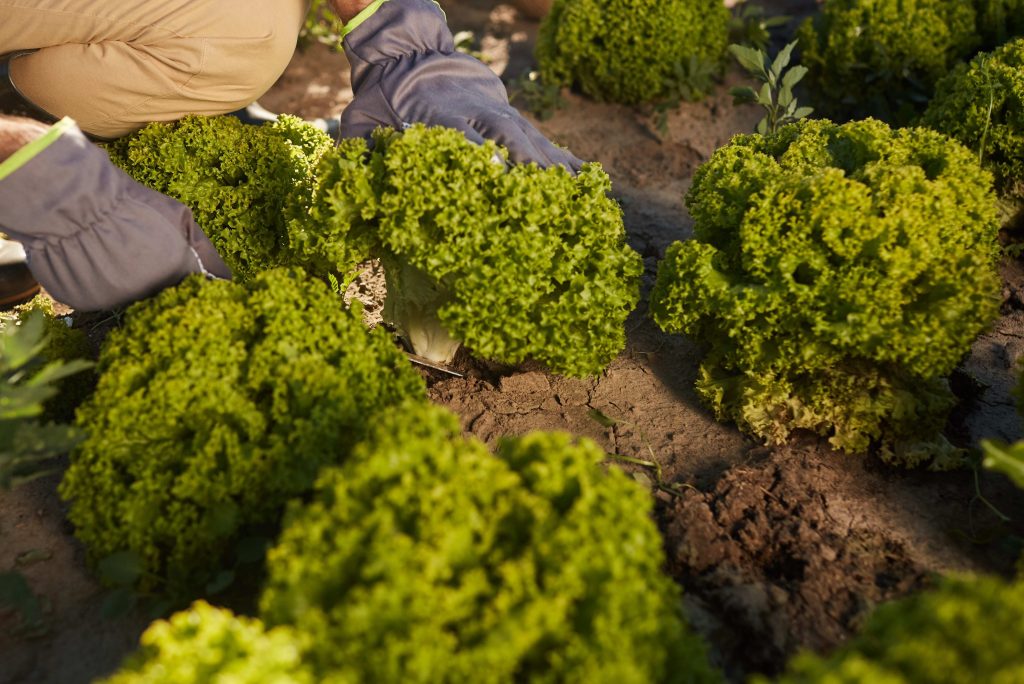
Nino Arsanidze has a garden in the village of Khvanchkara in Racha. Her journey into agriculture began recently. Nino is self-taught, gathering information on garden care on her own.
Nino believes that her village has ideal conditions for gardening. In the future, she plans to grow pumpkins.
Nino is also one of the participants in the training sessions. She says that, in addition to gaining knowledge, the mentors she met at these sessions were a significant asset.
She plans to seek their advice on setting up a new venture—her pumpkin garden.
This was precisely the motivation for project coordinator Irina Kondratyeva when she developed the project idea—to make international knowledge accessible to farmers living in Racha:
“When I walked through the villages and saw the dried-up gardens and fruit trees, it broke my heart. So much effort was going to waste for these people. Their lack of knowledge was so detrimental that, despite their hard work, they couldn’t harvest crops. So, I wanted to do something that would help them get the most out of every cultivated square meter.”
The training sessions covered three main areas of agriculture: viticulture, gardening, and beekeeping.
After defining the focus areas, residents of Racha’s highland villages were selected. The groups were formed thematically, taking into account the farmers’ interests. Each group consisted of twenty people. Organizers brought participants from about ten villages to Ambrolauri.
In total, more than 60 farmers from the villages of Uravi, Tsili, Kvatskhuti, Likheti, Alkali, Chrebalo, Khvanchkara, Nikortsminda, and Znakva participated in the project’s training sessions.
“We knew it was getting hotter and the temperature was rising, but we didn’t know if this would create major problems in agriculture,” the training participants told Irina Kondratyeva.
The training also included visits to farmers who were already using these new, climate-optimized approaches in their work.
During one of the field trips, they observed an irrigation system:
“They explained the entire process of setting up the system, how it works, and the cost estimate,” says Irina Kondratyeva.
Irina notes that lately, there has been a trend of young people returning to Racha. According to her, many were eager to participate in the training programs:
“They began returning to their ancestral lands, young families were coming back. These people were also very active participants in the project.”
The training courses have now concluded, but the participants continue to stay in touch.
Irina says that the stories of Irakli, Giorgi, and Nino about climate-optimized agriculture motivate other residents of Racha to reduce harmful impacts on the environment while maintaining the quality and quantity of their produce.
This article was written as part of the Georgia Climate Action Project, funded by the European Union and implemented by CENN in collaboration with the Kakheti Regional Development Foundation (KRDF), the Chiatura Union (ACU), the Association for Agrotourism Development of Racha-Lechkhumi and Kvemo Svaneti (RLS-ADA), and the Young Pegagogue’s Union (YPU). The project aims to strengthen civil society and promote human rights in four target regions of Georgia—Guria, Imereti, Kakheti, and Racha-Lechkhumi and Kvemo Svaneti—with a focus on the right to access water and a healthy environment.










